From Rome to the redwoods—Myrta Martinelli reflects on her first experience in a giant forest
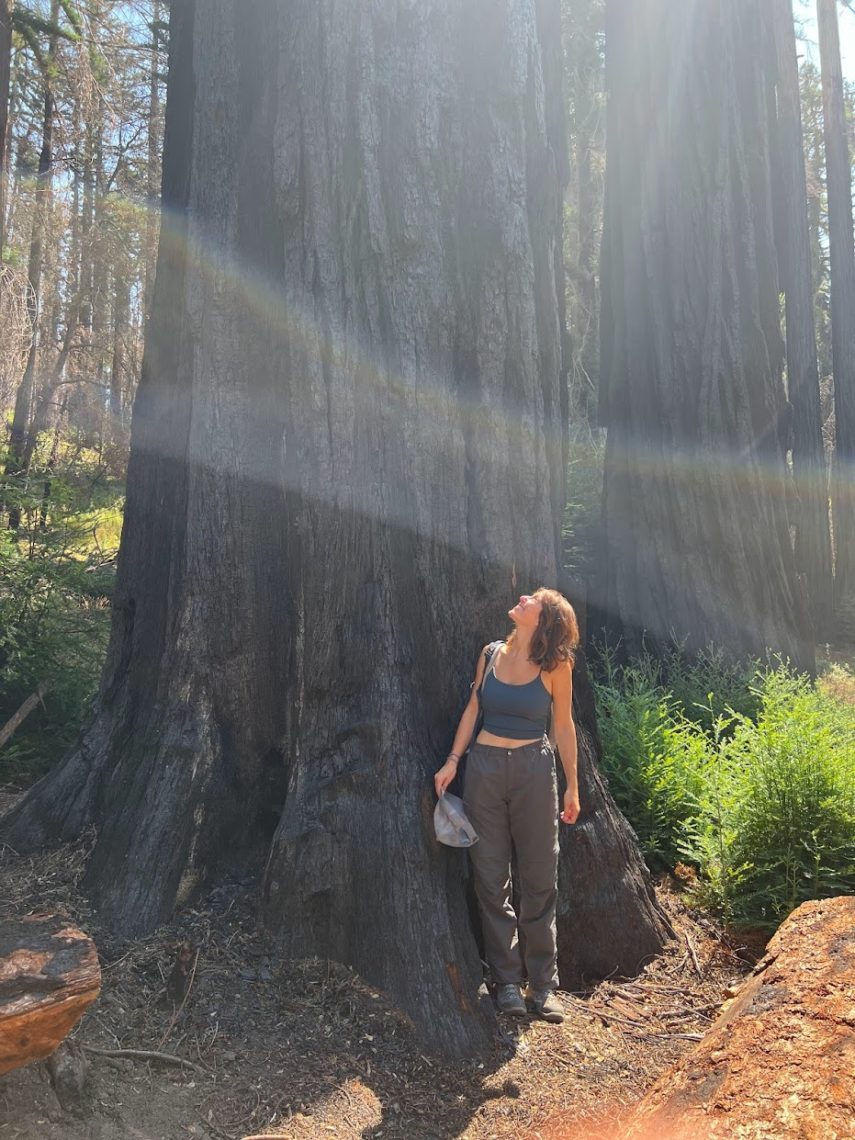
I am sure that everyone who has ever walked in a redwood forest vividly remembers the first time they saw these incredible trees. Nonetheless, my first encounter with the redwoods was quite remarkable as it occurred in a particularly unusual place and time for me. I had just landed the previous day after a 12-hour flight from Italy as I joined, with other members of Save the Redwoods League, a tour in Big Basin Redwoods State Park.
As some will remember, almost 97% of this 18,000-acre forest was burned during the infamous 2020 California wildfire season. I was lucky to be there: Due to the precarious conditions of the forest (many of the burned trees still must fall), the park currently accepts only a limited number of visitors daily.
As we walked next to these vast, gigantic trees, I immediately felt the effects of the jet lag disappear and a deep relaxation. While the whole area appeared to be heavily burned, the redwoods stood out from the landscape as ancient and gigantic soldiers who had fought together a long, strenuous battle and had yet survived. The rangers showed us the growth of new green branches on the trees and the presence of tall sprouts beneath every trunk—clear indications that life was growing back.
Soon, I realized that the fire had left deep scars on every redwood. I remember looking at their blackened bark and feeling amazed at how resilient these trees were. Not even a fire of this magnitude could take them down. I gazed at the trees with a new sense of admiration. What other events had they witnessed and survived? This question made me think of a rabbi who once said, “Nature does not need to be saved from us: she needs our respect.”
After hours of walking around under the sun, I still did not feel tired. As an Italian girl, I have lived almost all my life in a big, crowded city like Rome without knowing what the redwood forests looked like. Italy has nothing similar: forests are more petite, characterized by lower trees (mainly chestnuts, maples, and birches) and a denser ground cover. Also, most forests in Italy are located within industrialized or agricultural landscapes with a high level of human presence. The concept of “wilderness” is almost entirely absent. Even the term “foresta” (the Italian translation of “forest”) is rarely used, as we refer to them as “boschi,” an Italian word to indicate “smaller and more cultivated forests.”
I was, therefore, culturally shocked and overwhelmingly excited to experience this new, incredible kind of forest. I had never witnessed such massive, tall trees, and even with the clear fire signs, the whole place made me feel like I was entering an unknown, magical world, something I had always dreamed about as a child.
At the end of the day tour, I found myself sweaty, dirty, and happy: I knew I had just undergone one of the most unique experiences of my life. My only concern was finding a way to share this experience with my friends back in Italy. How could I explain to them what it’s like to be in the redwoods? I struggled to find the words. Finally, I decided to give up: There are some experiences in life that you just can’t grasp with words. Visiting the redwoods is one of them, as there is only one thing you can do to really understand what it’s like: Go out there and experience it for yourself.

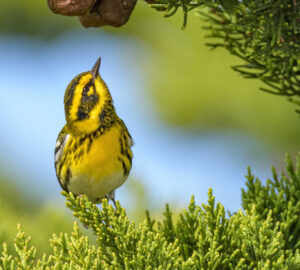
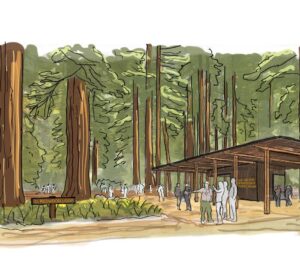
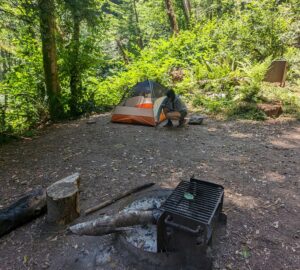
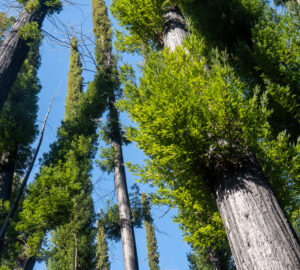
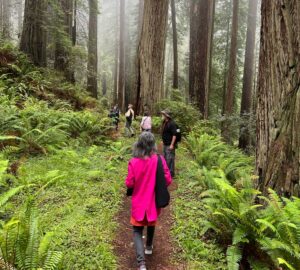
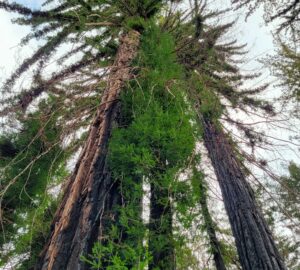
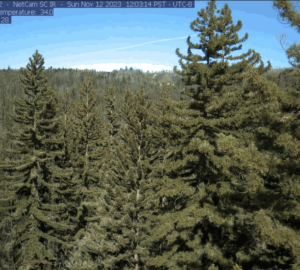
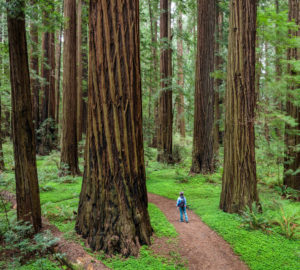
4 Responses to “My first visit to the redwoods: Mamma Mia!”
Franziska Elisabeth Bänsch
I fell in love with the redwoods when I first visited my auntie Liane in 1998 in Manteca Cal.( Calaveras…) Many years later I made an 7 week trip through the western states together with my little family of three, mainly to show them this extraordinary part of nature. This is the reason why I “feel” the redwoods like many other people do. Frequently I go back there in mind while living and working in Germany, I feel totally connected with the redwoods and the Save The Redwood League. Enjoy reading all the News about those amazing trees, forests and animals living there. Thank you for your wonderful work! (By the way in Europe and in Italy we have a region with some old growth wood too, SILA in the south of Italy.)
Yuma Y Michaels
I occasionally take a trip up the coast to visit the redwoods. It is always a rejuvenating experience. When I try to give a grandfather tree a hug, I feel my smallness in the scheme of things. For we modern humans, humility is a need, and these grandparents accommodate.
Christina Rodriguez
I grew up in the city of Sunnyvale, Ca and frequently went to the Redwoods in the Santa Cruz mountains there. These forests are amazing and spiritual. Did you go to the Redwood Grove at Henry Cowell Redwood State Park day area? That is truly a wonder walk also with interpretation of the different stages of redwoods. I was very fortunate in my life to grow up here. I am so glad to know your heart has been touched by the beauty of these wonderful tree souls. Spread the love !
Scott Krzyzanowski
The most common word I have heard from visitors to the redwoods is ‘spiritual’. Which can only be experienced, not described.